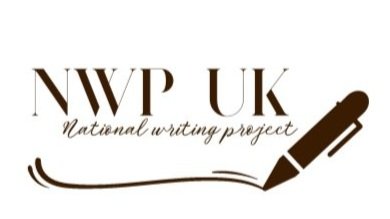A benefit of lockdown has been the time and space to read widely, coupled with the release of a number of interesting books about writing and education generally - one of which is What Matters in English Teaching; Barbara Bleiman’s new book published by the English & Media Centre, collecting together Bleimna’s blogs and speeches and other writings from the early nineties up until the present day.
This perspective enables a rich overview of the way that different trends, concerns and battlegrounds in English have changed over time. Bleiman pinpoints 2001, around the time when writing frames were being introduced, as coinciding with the first moment when students started to be told that they must ‘include’ certain elements in their writing as ‘proof of knowledge of the genre’. Persuade, she observes, was different from argue or inform, ‘despite the fact that in the real world, no non-fiction writer would set out to do one of these things in isolation but would almost certainly have many overlapping purposes and techniques to fit his or her intentions’ (p121).
On what makes good writing, she is clear that there is no rigid, set pattern or approach as there is for the write-up of a science experiment or an answer to a Maths problem, because ‘creative writing cannot be reduced to a formula’ (p119).
Bleiman explicitly acknowledges the role of the NWP in helping to shape writing debates. ‘In the UK, Simon Wrigley and Jen Smith, under the aegis of NATE, have been running teacher/writer groups for many years, where teachers write for themselves and then share the implications for their teaching’ (p123).
She is clear about the way in which teachers writing for themselves empowers them in pedagogical approach. In relation to the role of planning, she observes that ‘teachers asked to write can sometimes surprise themselves by how little they use the planning structures they impose on their students’ (p124).
Also, because the role of drafting and redrafting has shrunk in the absence of coursework or controlled assessment When teachers write themselves, they become aware of how much more can be done to a first draft to sharpen it up and develop it’ (p124).
She explores the ways in which being a writer enables readers to read differently, ‘and better’ (p125), noting that a key element of both reading as a writer and writing as a reader is the idea that ‘small experiments, tests, trying things out, having a go, being playful, taking little unrisky risks, is extremely valuable, regardless of the ‘success’ of the end product’ (p141).
It was wonderful to read something which resonated powerfully with many of the principles of NWP.
So, I’m heartened, and inspired - and just off to have a go with some unrisky risks in response to some of our lockdown writing prompts.
Theresa Gooda

